Business Report: Presentation and Analysis of Survey Data (Chapter 4)
VerifiedAdded on 2019/09/19
|29
|4737
|378
Report
AI Summary
This report, focusing on Chapter 4, details the presentation and analysis of survey data collected from women entrepreneurs in Oman. The study employs SPSS for descriptive and correlation analysis, presenting findings through tables, graphs, and charts. The analysis explores various domains, including family, social, financial, and political aspects, identifying key challenges such as lack of family support, male dominance, weak bargaining power, and lack of experience. The report also includes qualitative analysis, referencing existing literature to contextualize the findings within the broader landscape of women entrepreneurship in the Arab world, highlighting issues like limited work opportunities and discrimination. The conclusion summarizes the key findings and provides an overview of the data analysis process, emphasizing the use of statistical tools and the relevance of the literature review. The data reveals that although most of the women entrepreneurs are educated, they face challenges due to family obligations, and lack of experience. The report then provides data for the financial and economic domain, background knowledge and political and environmental domain.
1 out of 29
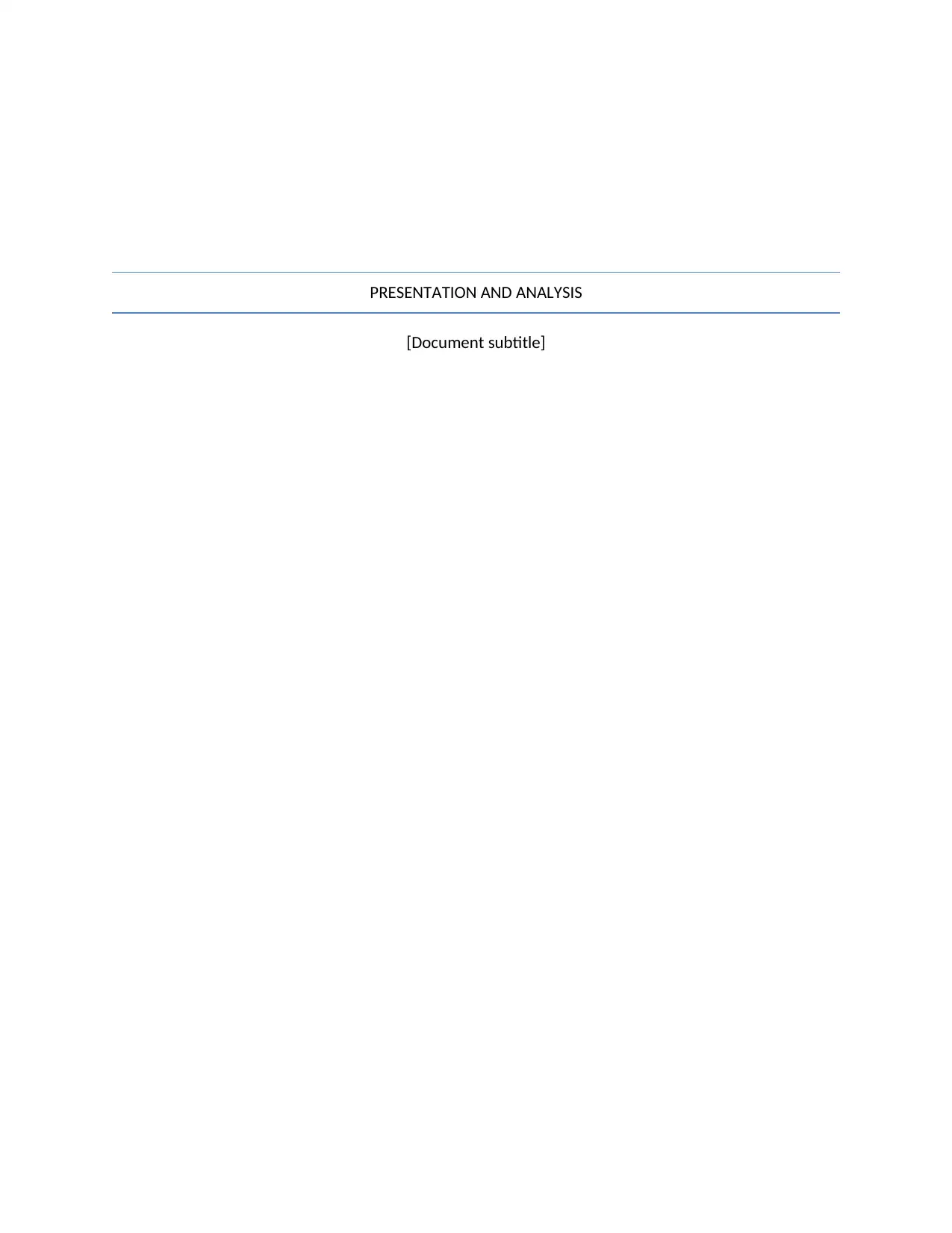
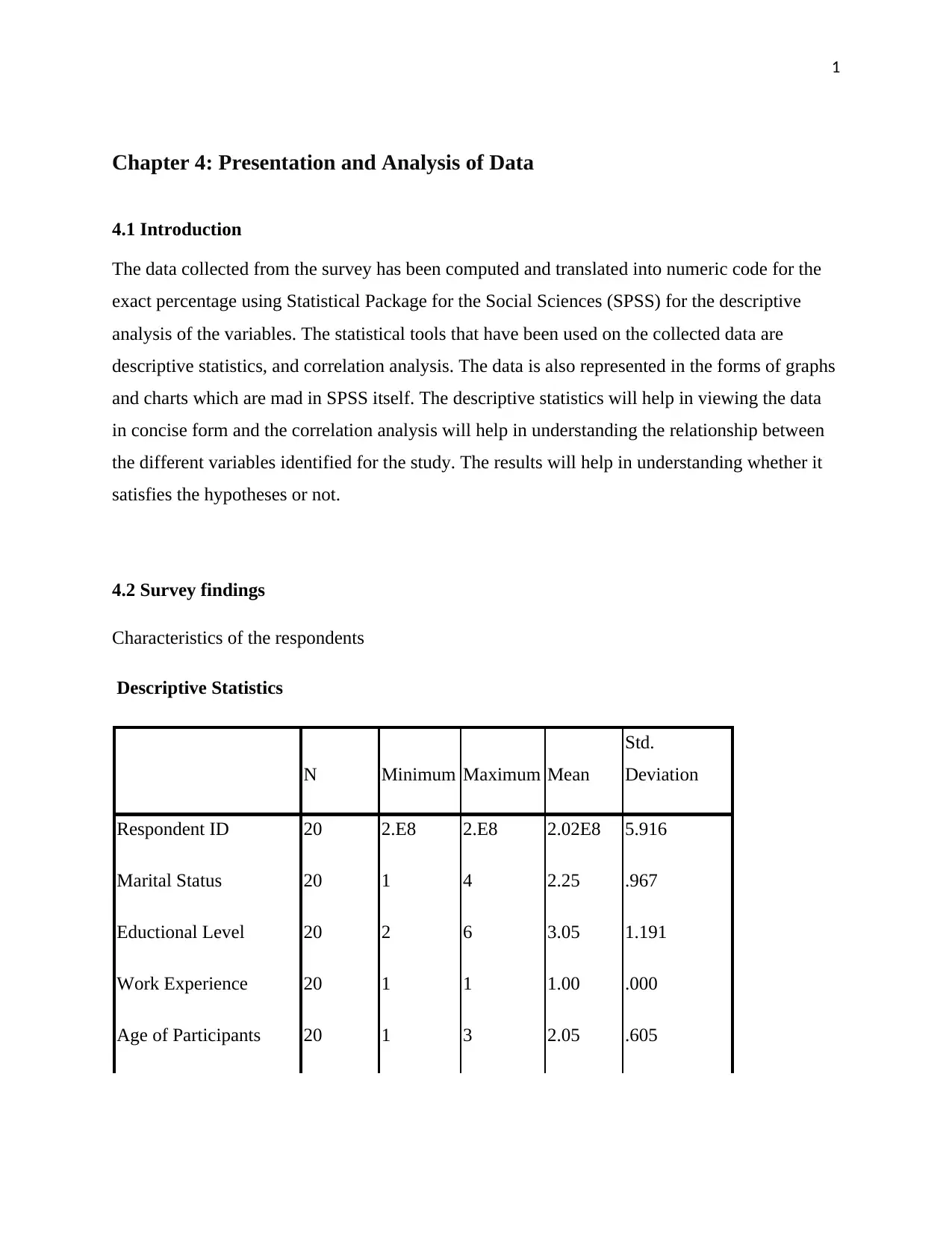
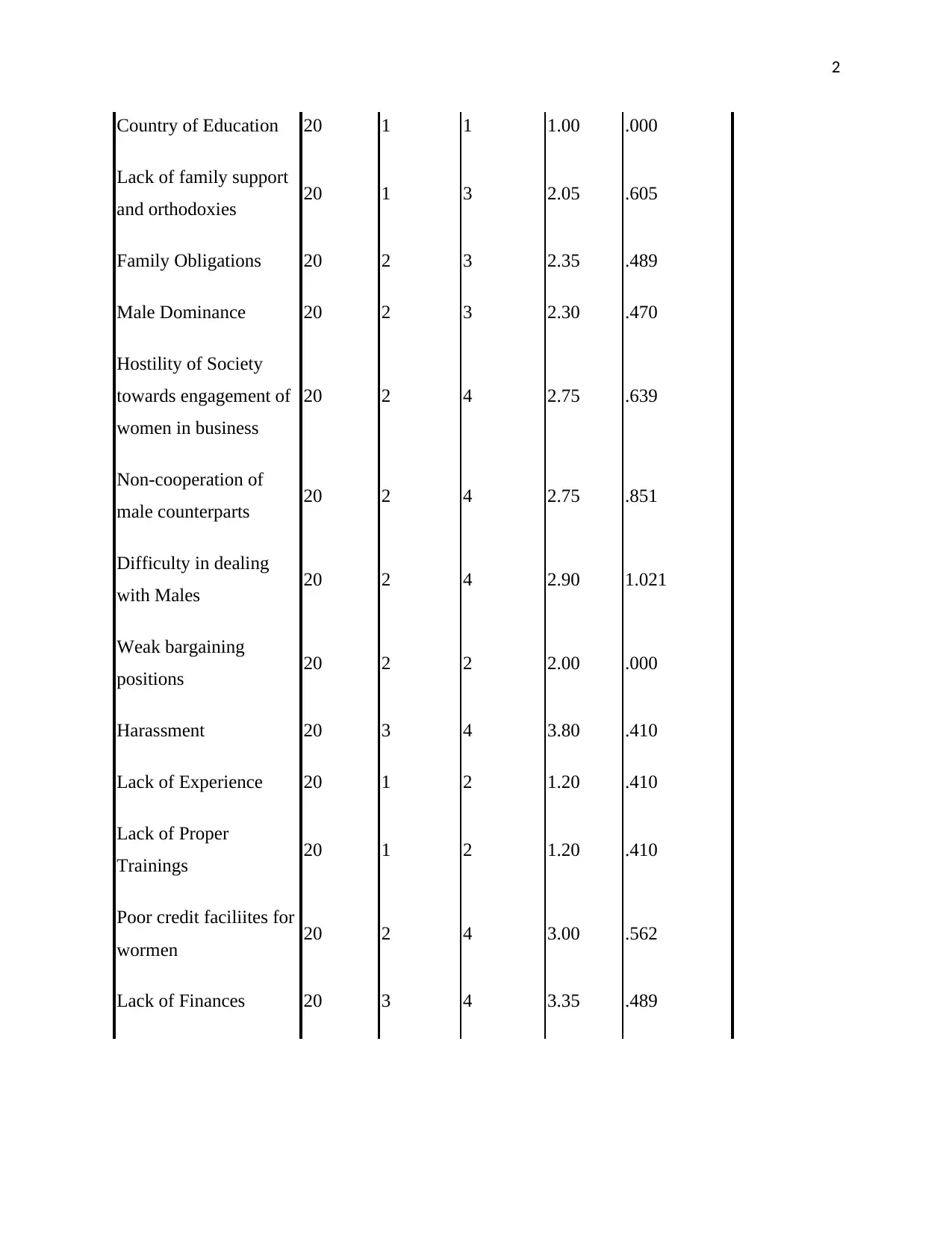

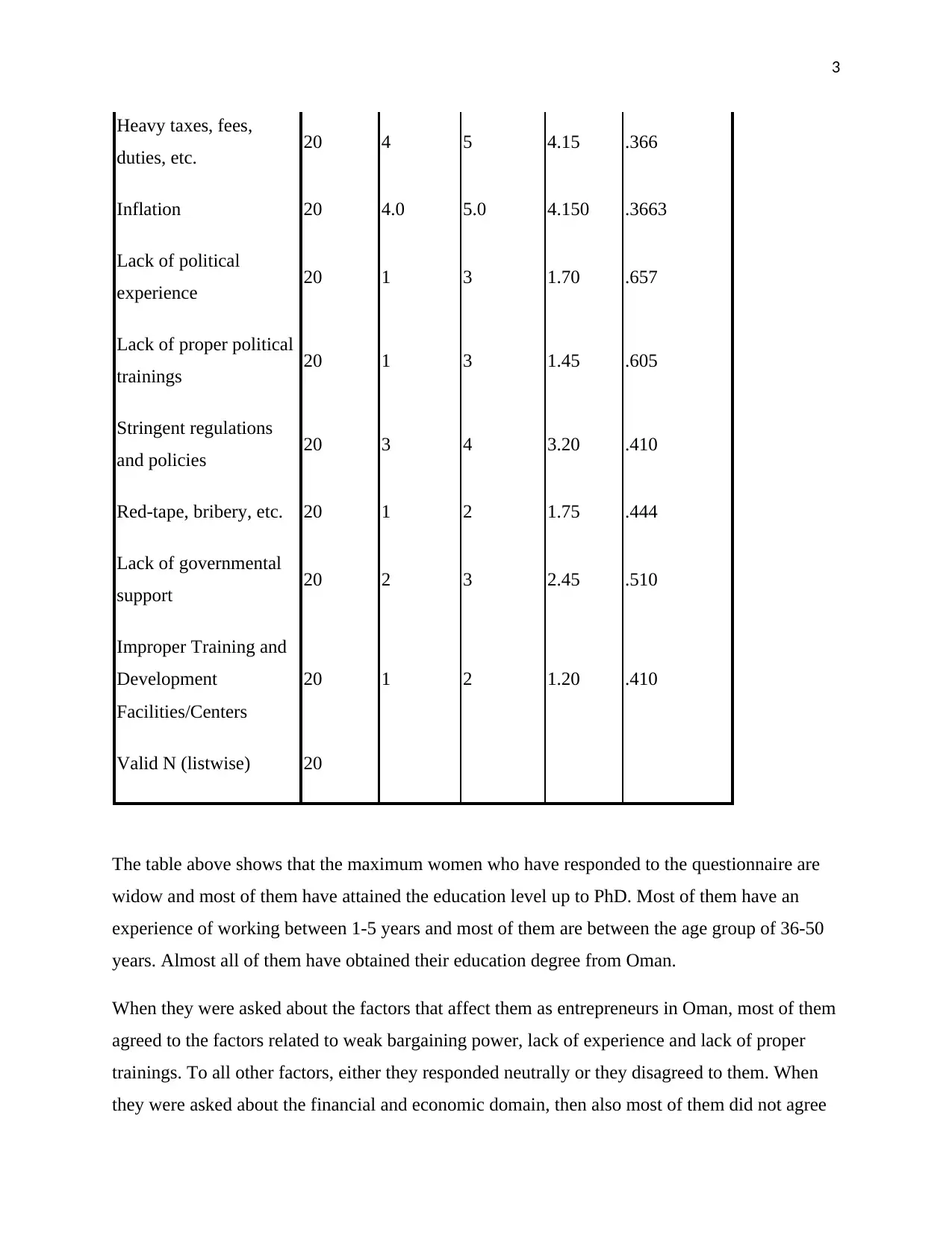
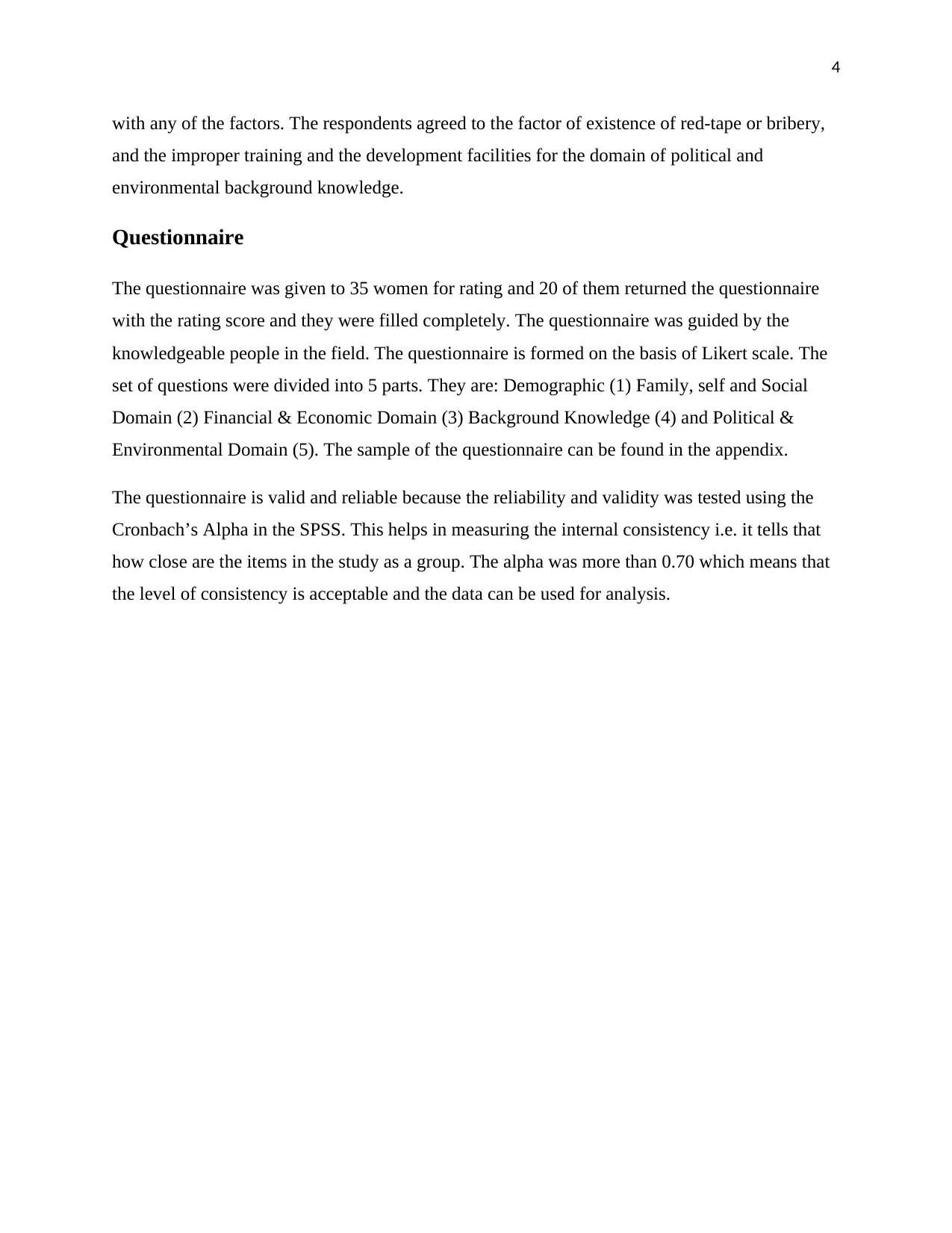
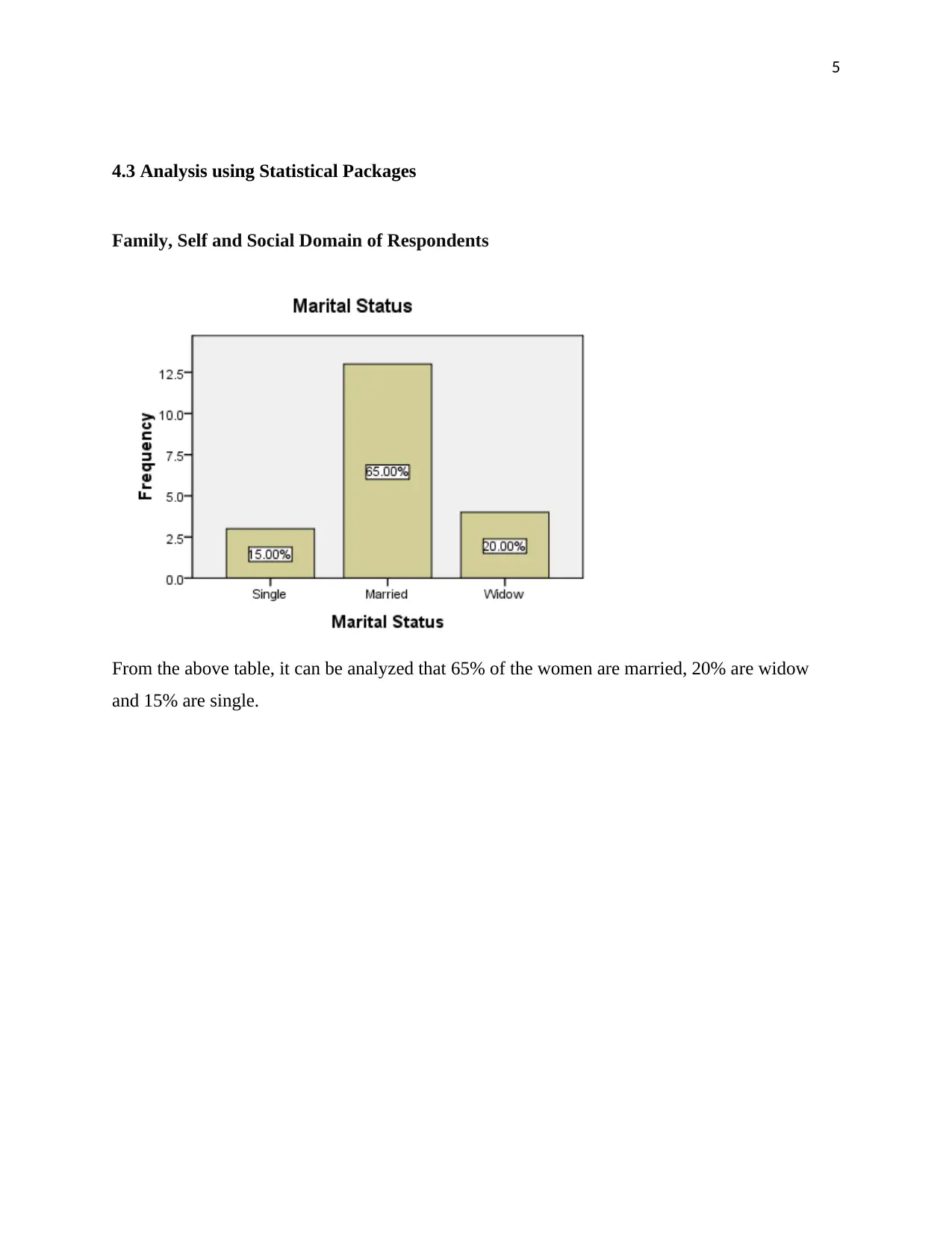
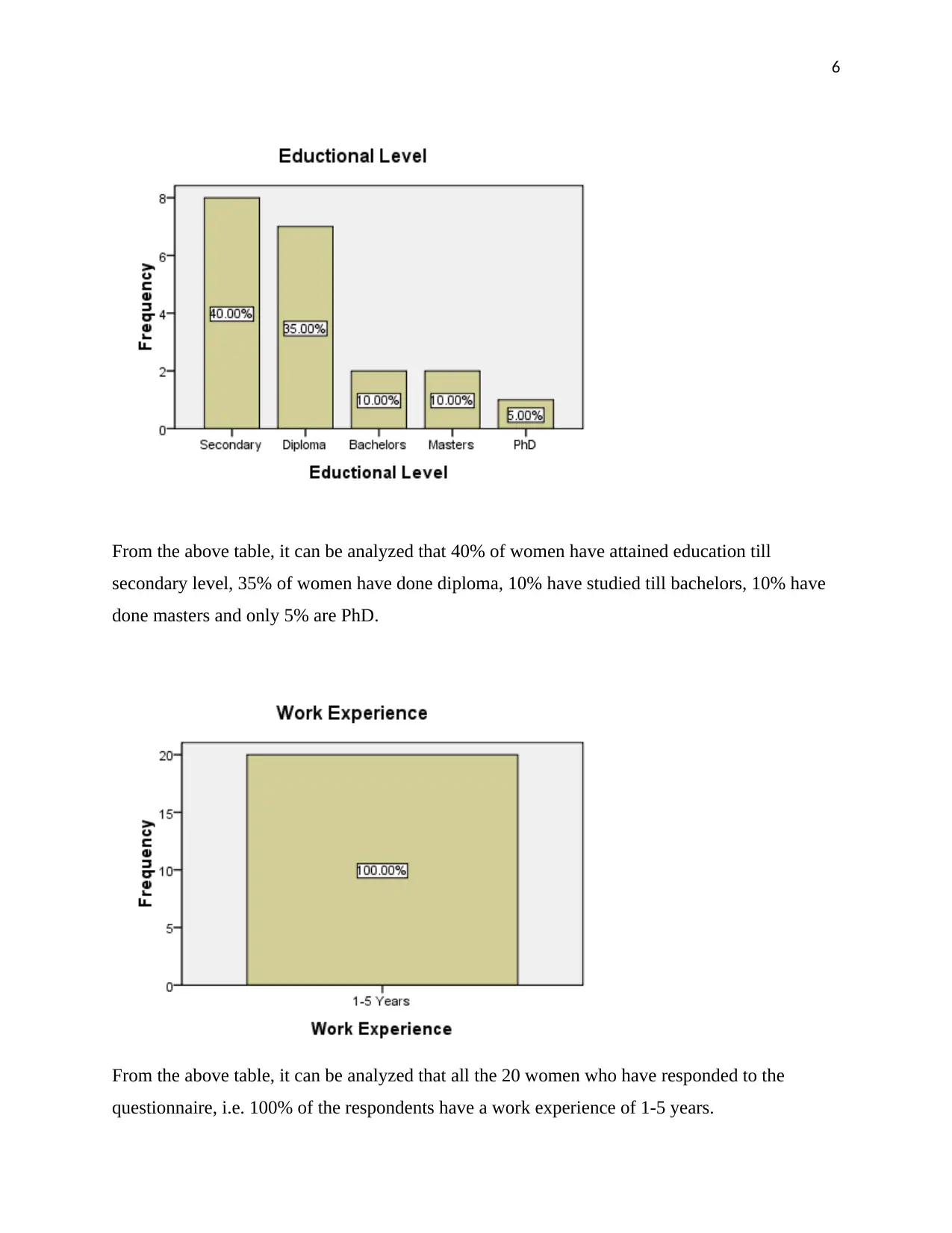
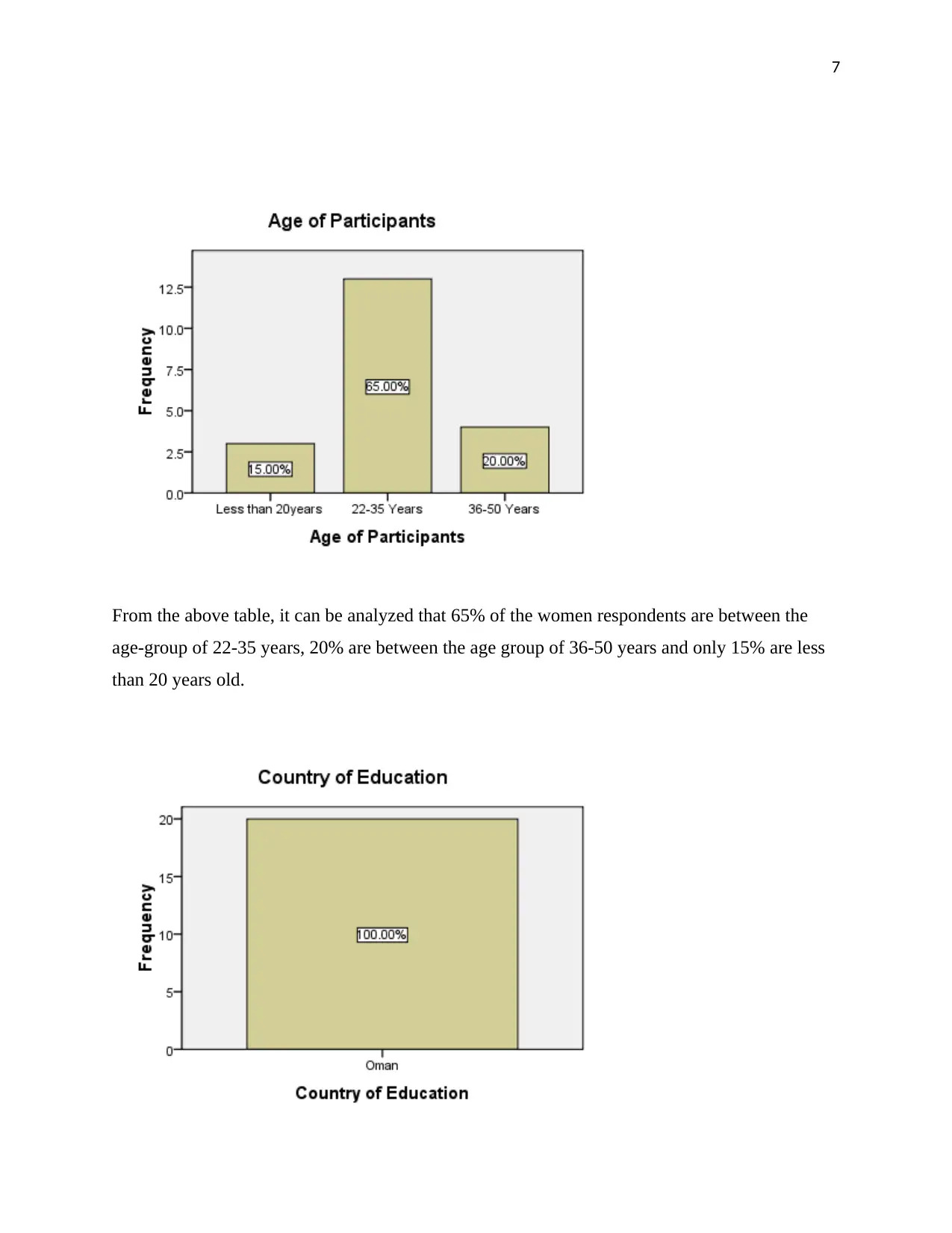
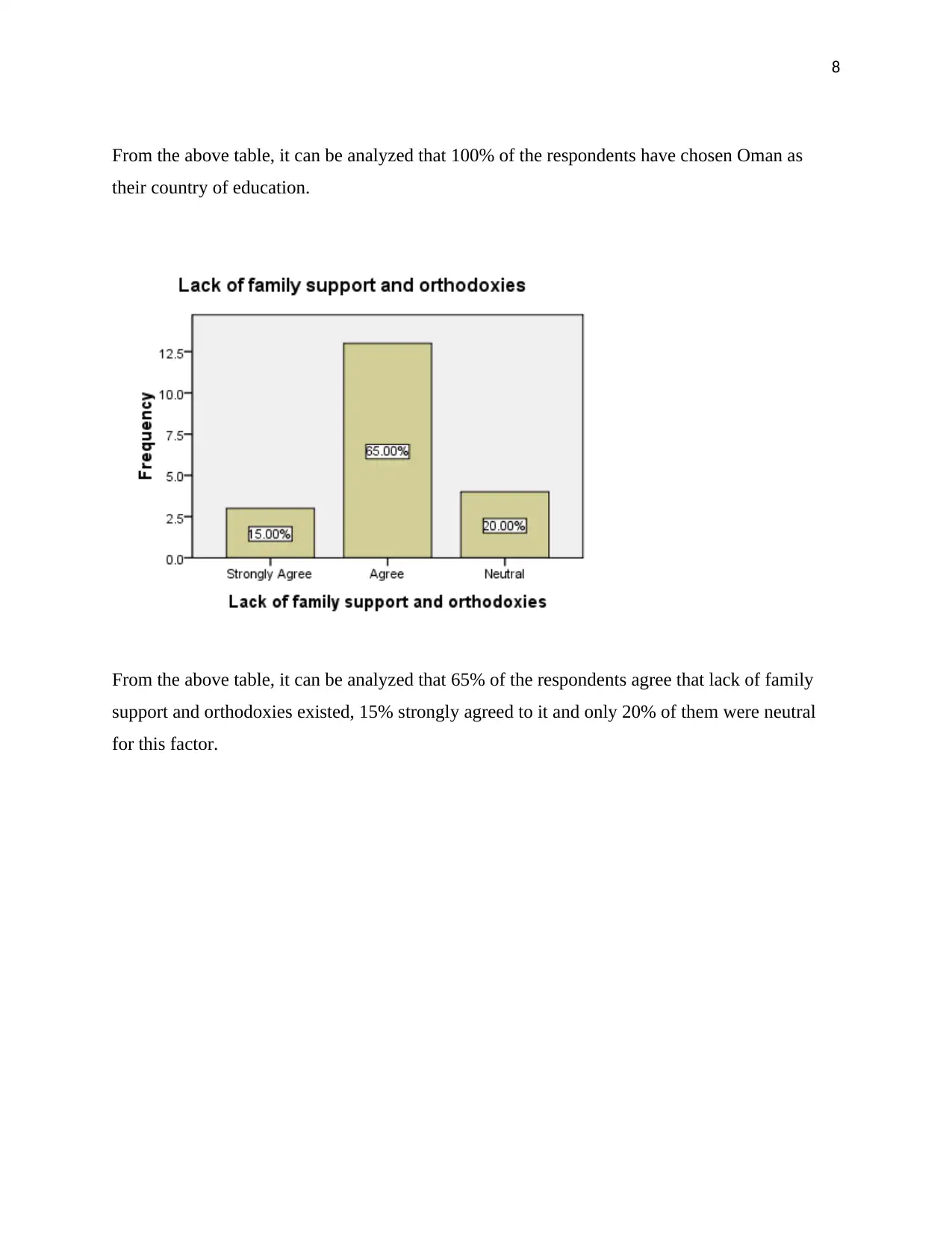
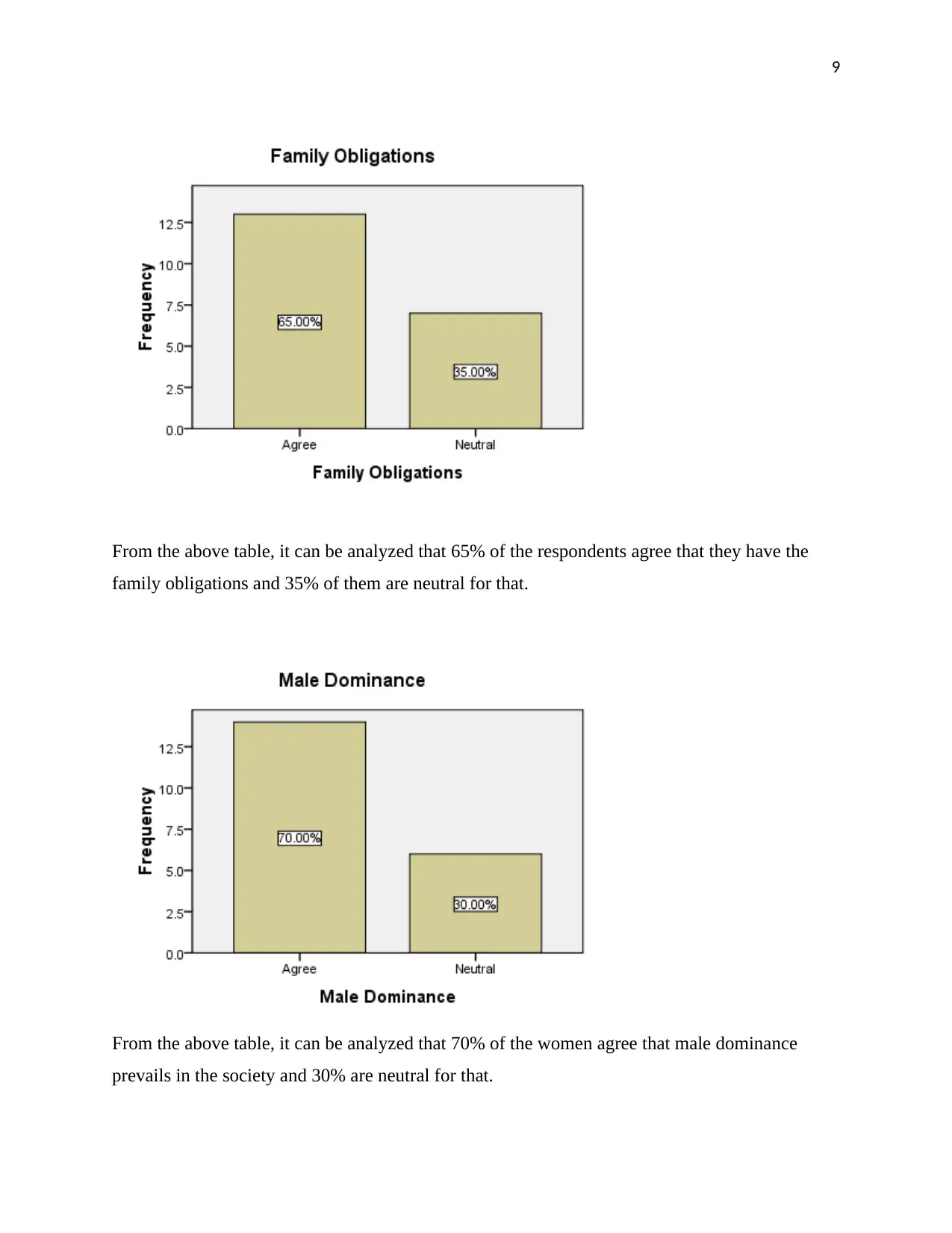
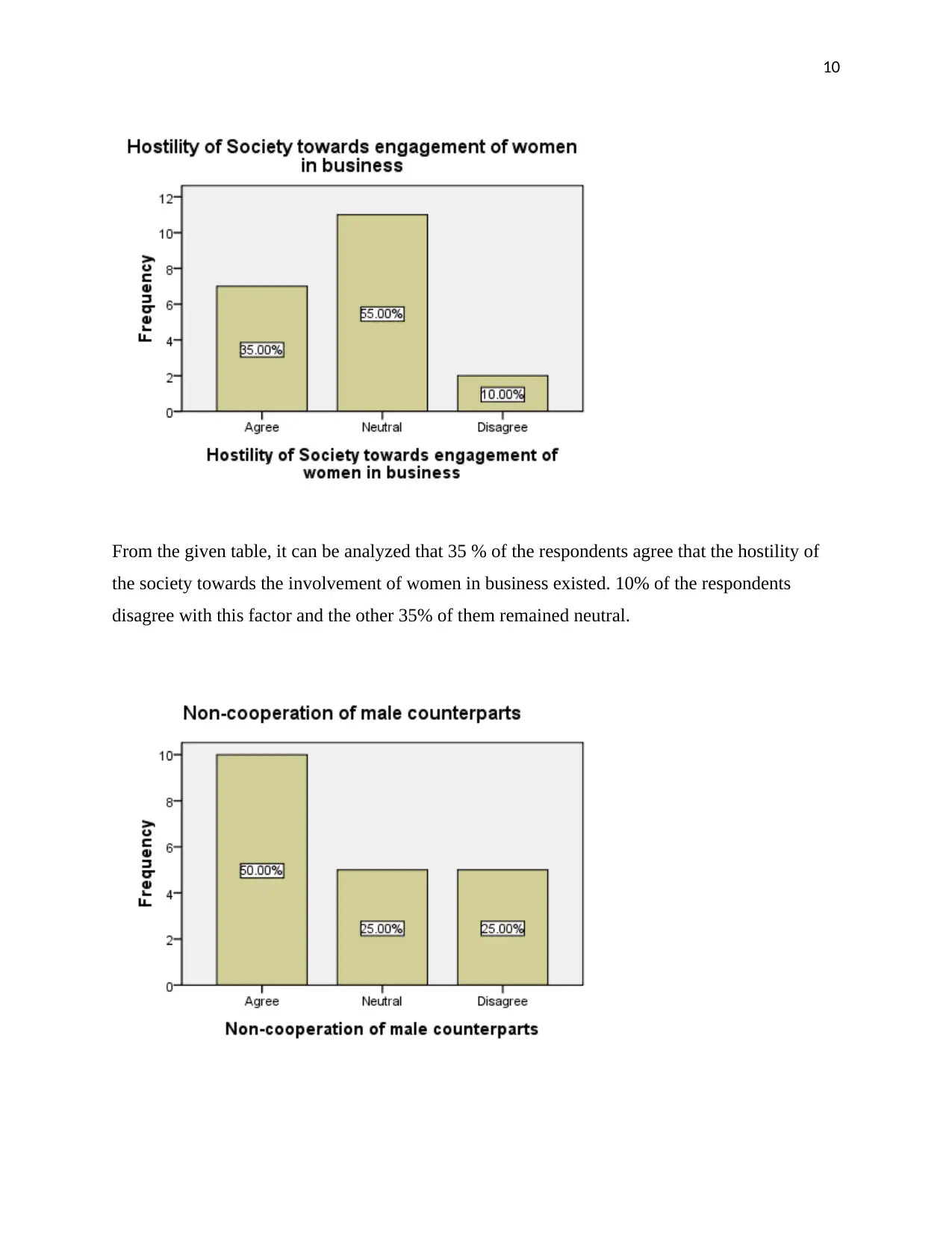
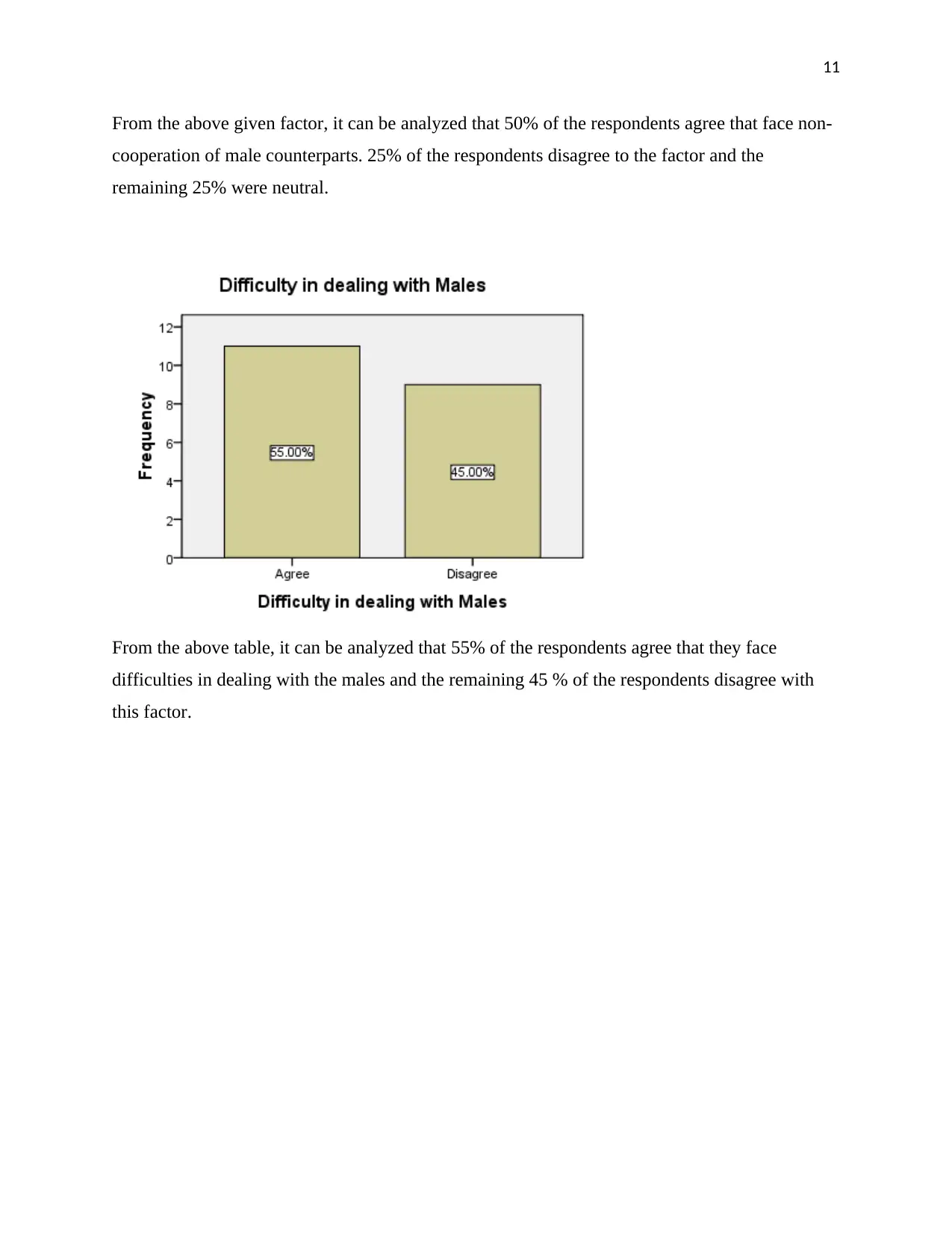





![[object Object]](/_next/static/media/star-bottom.7253800d.svg)